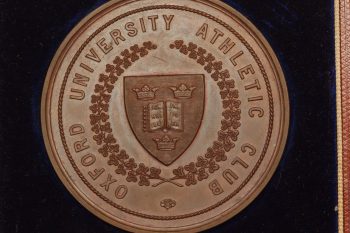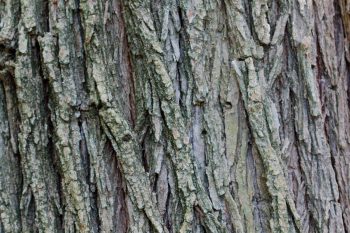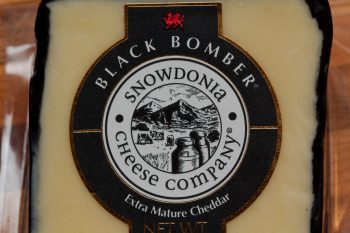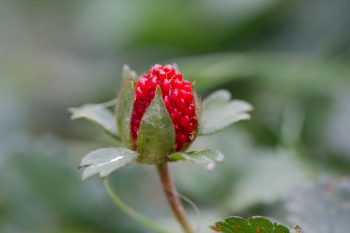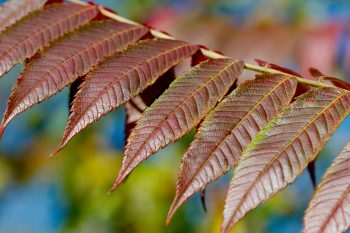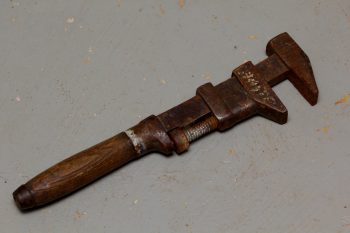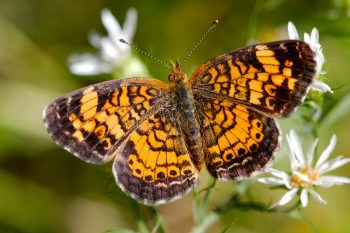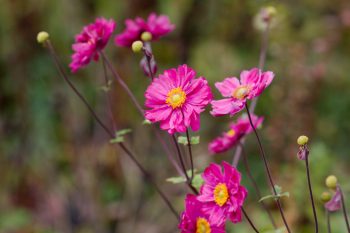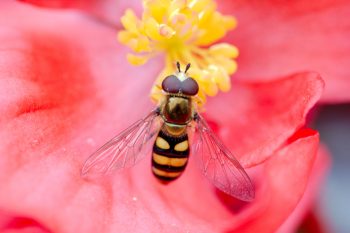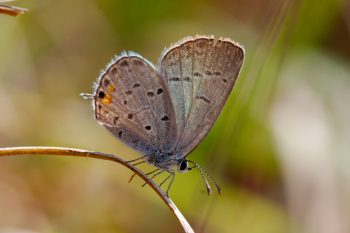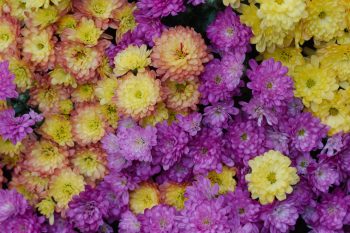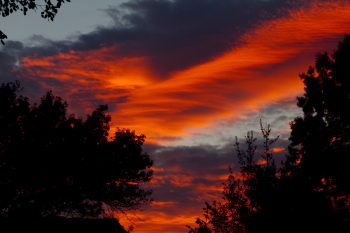As I mentioned, it’s begun to feel like autumn. Today was very windy and cool. After work I walked down to Lake Frank and took a few photos. The trees are just starting to turn and it was lovely to be out in the fresh, cool air. This photo was taken from the dam looking northwest along the length of the lake. It’s a three-exposure, high-dynamic-range (HDR) photo and I’m fairly pleased with how it turned out. There were a few others out walking, mostly wearing coats and hats against the suddenly cool weather. I was in my shirt sleeves, although I did roll them down while I was out on the dam, where the wind was strongest.
Monthly Archives: October 2019
Lake Frank
Oxford Athletic Medal
My grandfather and his brother were both Rhodes scholars. My grandfather, the older of the two, was at Exeter College from October, 1907 through July, 1910. His younger brother, Ralph, was at St Johns and received a B.A. degree in 1912 and a B.Sc. degree in 1913. They both competed in athletics, and we have this medal that Ralph won in a competition in 1911. It was for second place in the high jump and his height was 5 feet, 3½ inches. That wasn’t close to any sort of record. The world record in 1912 (the first world record in the men’s high jump was recognised by the International Association of Athletics Federations) was 6′ 6¾”. The current record is 8′ ½” (2.45 meters).
Black Bomber Cheese
I don’t often do commercial photos in my blog and I have no financial connection to the Snowdonia Cheese Company other than the money I spend on their cheese. We had a little, black-was coated round of Black Bomber cheese at some point and really enjoyed it. I don’t know where we got it and we haven’t seen it in stores locally. Today I found it in the new Giant grocery store in Olney. I don’t know if they have it regularly or not but I naturally bought some. It’s actually a creamier cheese than many aged cheddars but it has a really nice, deep flavor (or flavour, since it’s from the British Isles). Recommended.
Fragaria virginiana (Wild Strawberry)
I only took a few photos today, all in the back yard. Most of them were of the maple leaves that are starting to turn red, but really they have only just started and it’s premature to have fall-color photos. This is a wild strawberry (Fragaria virginiana, also known as scarlet strawberry) growing and fruiting in the yard. This is a native herbaceous perennial and in the description on the Missouri Botanical Garden’s PlantFinder web site, it says they “spread indefinitely by runners that root as they sprawl along the ground.” They aren’t kidding. These will take over a yard. Also, “Cultivated strawberries found in stores are hybrid crosses between F. virginiana (native to North America) and F. chiloensis (native to western coastal South America including Chile) which combine the excellent taste of the former with the larger fruit size of the latter.”
Silas
I’m getting pretty far behind on posting photos here. Never fear, I’ve been taking photos and they will make it eventually. I can tell you now there are some nice pictures ahead (as well as some that are not terribly exciting, I’m afraid). Anyway, we had a family dinner night and the boys were there, Kaien and Silas. Both continue to grow and are becoming their own individuals. Kai really enjoys bouncing on the hobby horse and is getting fairly comfortable really bouncing. Silas is a bit more reserved and cautious, which is fine, of course, as he’s quite a bit younger. I like this photo of him, in which he isn’t exactly smiling exuberantly, but which is still a good picture. He’s a sweet boy and fun to play with. We hadn’t gotten together for a while for various reasons, including that Tsai-Hong was traveling in Africa. When we go longer between seeing each other, he takes a little longer to open up when we do.
Staghorn Sumac (Rhus typhina)
I had hoped to get outside yesterday but didn’t. Today I did, walking up the road and onto the empty lot next to my building. The vernal drainage pool is nearly dry. The small areas with water are interesting because there is something in the water that’s not happy to be quite so crowded. If it rains soon, they may be saved. The fall color has only just started to be in evidence but a few things tend to turn early and they stand out. This staghorn sumac (Rhus typhina) is an example. They are also crowned with their bright red, annual, pyramidal fruiting clusters.
Old Wrench
I had hoped to get pictures outside today but it didn’t happen. I was moving a few things in the basement this evening and I noticed this old wrench and thought it might be an interesting thing for a photograph. Well, maybe not all that interesting but that’s all I have, so that’s all you get. This was one of the tools I got when we cleaned out my grandfather’s work shop back in the early 1980s. I don’t know how old it is, but it’s almost certainly older than I am, anyway. I see similar items listed on web sites specializing in antiques calling this an antique. That may be stretching things a bit, but it’s oldish, anyway.
Phyciodes tharos (Pearl Crescent)
I sent outside for a little while today and took some pictures of butterflies. I was down near the storm management pond next to my building and saw pearl crescents (Phyciodes tharos) as seen here as well as cabbage whites (Pieris rapae). There were also bees around, but not so many as there were only a few weeks ago. Getting good photographs of butterflies is challenging but it’s something I enjoy. This is a mid-sized butterfly, considerably smaller than the swallowtails or monarch but larger then the blue, featured recently. They are fairly common and easily spotted but as with most butterflies, difficult to get too close to.
Anemone hupehensis var. japonica ‘Pamina’
I know I posted a photo of this Japanese anemone recently but they’re so pretty I thought I’d post another. I got a few pictures with an American hover fly (Eupeodes americanus) on it, but I’ve posted a picture of one of those recently, too, and didn’t see a need to repeat that. We haven’t had much success with anemones in the past but we’re hoping this will do well. It certainly has beautiful flowers and is just the right height for along side our front walk. We really should get a half dozen of them, but one thing at a time.
10,000 Afghani Note
I’ve recently been going through some scanned photographs and putting labels on them. These were taken by my father-in-law in the 1950s and early 1960s in Afghanistan, a place many people could not have found on a map until the last 20 years or so. I’ve gotten so I have a pretty good idea where the different photographs were taken and I recognize some of the important personages, such as King Mohammed Zahir Shah, Shah Mohammad Reza Pahlavi of Iran, Nikita Khrushchev and Nikolai Bulganin of the USSR, and Vice President Richard M. Nixon. I also have gotten familiar with many of the landmarks. On this 10,000 Afghani note (sadly not worth much) is a detail of the Great Mosque of Herat. On the reverse is the Arch of Qala-e-Bost, outside Lashkar Gah.
Eupeodes americanus (American Hover Fly)
Cathy and I worked in the yard this afternoon. As I’ve mentioned before, there’s a lot to be done in the yard but I think we’ve made progress, at least. I took a break and took some pictures in the back yard. There are some bracket fungi on the ground above where there used to be a silver maple. They come up every year as the roots rot. I also took some pictures of some butterflies on the flowers around the patio. Then I saw this American hover fly (Eupeodes americanus) on the begonias growing in a pot on the patio. I was able to get some pretty decent photos of it as it moved from flower to flower.
Margaret, Shaima, and Inez
We drove to Virginia today and Margaret met two friends for lunch at a Persian restaurant called Shamshiry. The name comes from comes from the Farsi word for a curved sword from the Middle East. While they had lunch, Cathy and I ran some errands. We tried to go to a bakery but were stymied by an Octoberfest that had some streets closed to auto traffic. We made our way around that and headed back to pick up Margaret. I took a few photos of her with her friends, Shaima, and Inez, one of which is my photo for today.
Cupido comyntas (Eastern Tailed-Blue)
I went outside today and walked around a bit in the lot next to my office. The weather was fine and it was nice to be out in the sunshine. I startled a belted kingfisher (Megaceryle alcyon) as I walked towards a vernal drainage pond. It’s often completely dry by this time of year but it had more water in it than in previous years and it hasn’t all evaporated yet. Above it, I was able to get close enough to get a pretty good photograph of this eastern tailed-blue (Cupido comyntas). They are pretty common but easily missed, as they are fairly small and flit around near the ground. They’re worth looking out for, I think.
Chrysanthemums
Although chrysanthemums (a.k.a. mums) are fairly hardy herbaceous perennials, most of us grown them as annuals, bringing them out in the fall to add color to an otherwise less colorful garden. The Rudbekia are done blooming and even the Buddleia are starting to fade. There are still roses on the more ever-blooming varieties, but most of the summer flowers are done for the year. Enter the humble and yet lovely chrysanthemum. We have a few in pots that have been given or that we bought. This one is sitting outside our front door and greeting us as we leave and again when we return home. Who could ask for anything more?
Sunset
I looked around for something to photograph this evening and settled on a flour canister. It’s made of brushed metal (probably aluminum) and has the word FLOUR in a nice, mid-century modern font running vertically down it. I took ot out onto the patio and got some nice photos.
Relaxing on the patio after that, I watched the western sky begin to color and I realized I wasn’t going to use my flour canister photo today. I had to move around the yard to get a good angle between the trees, but I think you’ll agree it was worth it.
Crataegus viridis ‘Winter King’
When I got rid of the nearly dead Colorado blue spruce (Picea pungens) in our front yard, we wanted to replace it with something small but with a little more interest. We decided on a hawthorn and last week I ordered this Crataegus viridis ‘Winter King’ and it was planted yesterday. The leaves are a little dry but it seems pretty healthy and I’m looking forward to the white blossoms in the spring as well as the fruit that you can see is on it now. The green hawthorn is more disease resistant than most hawthorns and ‘Winter King’ was selected, among other reasons, for that reason. This variety is also “noted for its profuse bloom of flowers, larger fruits, silvery-barked stems and more attractive fall color (purple and scarlet).”


